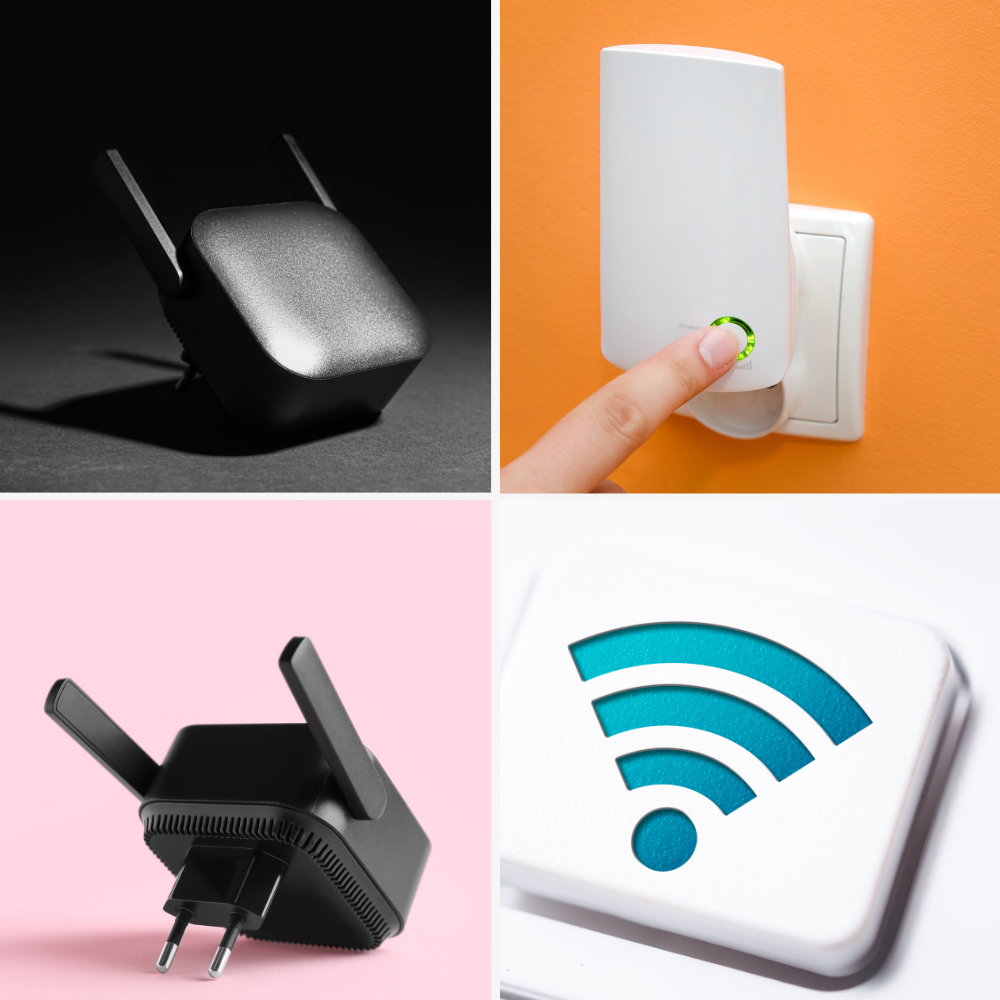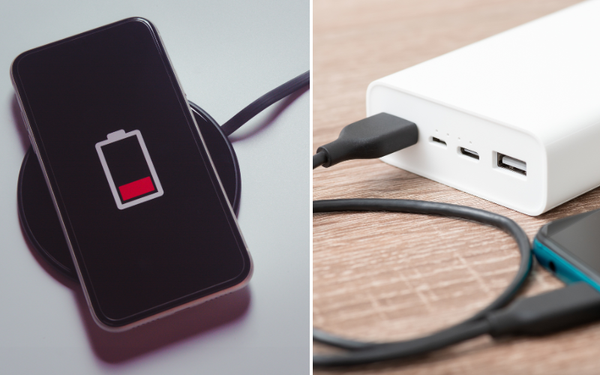In today's digital age, WiFi has become an essential tool for many, fueling both work and leisure activities. But while most of us enjoy robust internet connections indoors, maintaining this connectivity in outdoor settings often poses a challenge. As summer approaches and many of us plan to spend more time in our backyards, patios, or even out in the wilderness, there's a growing need to understand how to effectively extend our WiFi coverage outdoors.

The Problem
Our love affair with the internet doesn't cease once we step outside our homes. Streaming music during a backyard BBQ, working from a sunlit patio, or having a video call on the balcony - these are just a few examples where a steady internet connection outside can significantly enhance our experience.
Unfortunately, the average home WiFi network is primarily designed for indoor use. Walls, ceilings, and other obstructions interfere with the signal's path, weakening its strength outside.
Enter WiFi Extenders for Outdoors
Luckily, there's a solution to this pervasive problem: WiFi Extenders for Outdoors. These devices are explicitly engineered to pick up your home’s WiFi signal and rebroadcast it, amplifying the reach of your network to cover those difficult outdoor spaces.
Why Opt for WiFi Extenders for Outdoors
- Design: Outdoor extenders are crafted to withstand the elements. Whether it's rain, snow, or extreme temperatures, these extenders are encased in weather-resistant material, ensuring durability and prolonged usage.
- Range: Their primary function is to expand the network's range. With a good extender, you can effectively double or even triple the coverage area of your WiFi.
- Performance: Outdoor extenders typically come equipped with powerful antennas, ensuring that the rebroadcasted signal remains strong and stable.
Choosing the Right Extender
So, how do you go about selecting the right outdoor extender for your needs?
- Compatibility: Ensure the extender is compatible with your router's specifications and frequency bands.
- Coverage Area: Determine the area you wish to cover and pick a model that offers that range. Some extenders offer coverage up to an acre or more.
- Installation: Opt for models that come with easy installation guidelines. Many new models have mobile apps to guide you through the setup.
Installation Tips
- Location: Place your extender halfway between your router and the desired coverage area. Avoid putting the device inside thick walls or in areas where its signal could be obstructed.
- Test: Before finalizing the extender's location, test the signal strength in various outdoor areas to ensure optimal coverage.
- Secure: Use robust passwords and encryption to prevent unauthorized access to your extended network.
Alternatives to Consider
While WiFi Extenders for Outdoors are the go-to solution for many, they aren't the only option. Here are a few alternatives:
- Mesh WiFi Systems: These are sets of routers that work together to cover your entire property. They’re an excellent solution for larger properties or homes with thick walls.
- Powerline Adapters: These utilize your home’s electrical wiring to transmit the internet. An adapter is plugged near the router and another in the outdoor location where internet access is desired.
- Outdoor Access Points: More complex than extenders, they are wired connections to the main router and typically provide a more stable connection. Suitable for commercial settings or larger residences.
Conclusion
Extending WiFi outdoors is no longer a luxury but a necessity for many households. WiFi Extenders for Outdoors offers a seamless solution, ensuring that every corner of your property remains connected. By considering the range, compatibility, and installation process, you can find the perfect device that meets your outdoor internet needs. So, the next time you're outside, you won’t have to worry about missing out on the online world.
You Might Also Like...










